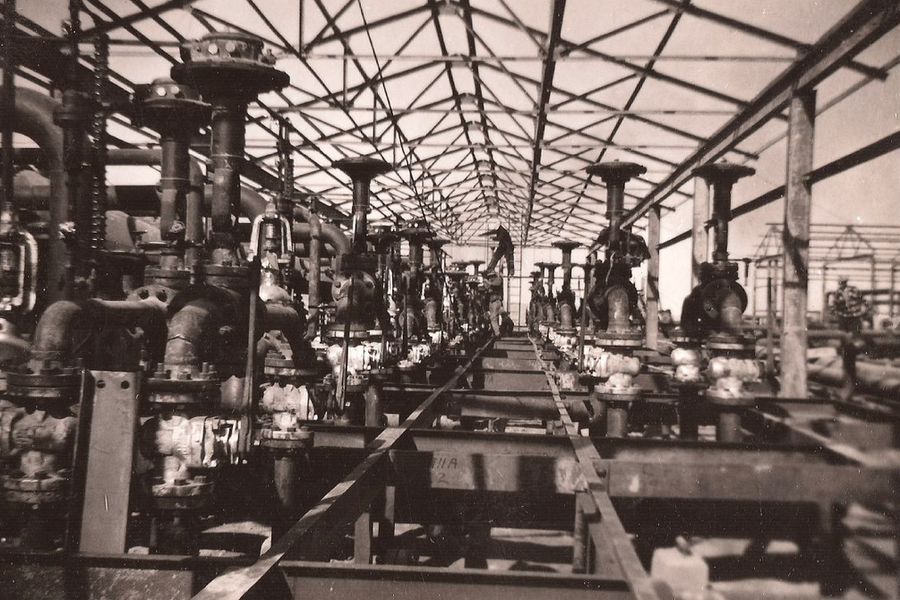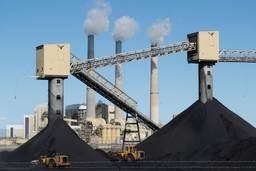
First posted at Waging Nonviolence.
The United Steelworkers are currently engaged in their largest strike since 1980. Three thousand eight-hundred refinery workers across four states — California, Kentucky, Texas and Washington — walked off the job on Sunday at nine refineries that, together, represent 10 percent of U.S. refining capacity.
Strikers are taking on some of the world’s most powerful corporations, including Royal Dutch Shell, ExxonMobil and Chevron. The remainder of union refinery workers nationally are now working under rolling 24-hour contract extensions, as rumors fly that 63 more plants will join the strike in the coming weeks. In total, the United Steelworkers, or USW, control some 64 percent of the country’s refining capacity, producing 1.28 billion barrels of oil each day. Needless to say, labor and environmental advocates both have good reason to follow the strike closely.
The USW represents 30,000 workers along the line of domestic fossil fuel production, from refineries to pipelines to export terminals. Unlike many strikes, the issue at hand is not wages but workplace and community safety. The strike was called after two weeks of contract negotiations fell through between the USW and Shell, representing the collection of oil companies affected by the contract and, now, the strike.
“This is not a bunch of greedy workers trying to get more, more, more,” said USW spokesperson Lynne Hancock. “We know we’re well paid. That’s not the issue. We feel that we should come home in one piece at the end of a shift.”
In addition to the strike, there have also been daily protests by workers and their supporters at oil refineries and company headquarters around the country. Adding to the drama, these demonstrations are taking place against the backdrop of a record drop in oil prices, leading industry executives to argue that they need to cut back on spending and, thus, safety.
Hancock said over the phone that there’s been a trend over the last several years to replace full-time employees, represented by the union, with contracted workers who present a danger to plant safety. “Full time employees receive training not only from their company,” Hancock explained, “but from our international union that has an extensive health and safety program.”
Understaffing, too, has been a persistent problem, as contractors lease out employees technically employed in refineries out to other jobs. This leaves full-time workers, already working 12-hour shifts, putting in “excessive overtime.” As companies look to employ a more “flexible” (read: non-union) workforce, refinery employees and community members alike are put at risk for sometimes-catastrophic accidents, such as fires, explosions and leaks that release harmful chemicals into the atmosphere. As Hancock told me, strikers are also acting out of concern for themselves and the communities living around the refinery, because “they breath in all this stuff, in addition to our workers.”
The Phillips Disaster of 1989 was sparked when a contractor incorrectly opened a reactor valve during routine maintenance at a Pasadena, Texas petrochemical plant. The mistake released a highly flammable, rapidly spreading vapor cloud into the plant’s atmosphere. When the cloud reached an ignition source, an explosion occurred that killed 23 people and injured 314. It also registered a 3.5 on the Richter Scale in the surrounding area, and threw debris as far as six miles from the site of impact.
That incident and those since, such as a 2005 refinery explosion in Texas City, Texas, have prompted exhaustive state and federal safety reviews, even leading the USW to testify before Congress. Still, enforcement standards are lax: the notoriously anti-labor American Petroleum Institute, perhaps the fossil fuel industry’s most influential lobbying arm, is responsible for drafting the few, still “recommended” safety standards outside of OSHA and the EPA, which regulates plants emissions. The federal Chemical Safety Board, another regulatory body, can suggest, but not enforce safety measures.
Even as Shell plays “hardball,” the USW hopes that the two sides can come to an agreement soon. Still, the 1980 strike lasted for three months, and this one shows few signs of abating without serious concessions from Shell. Less than a week in, the USW is already starting to hit the industry where it hurts, even as companies call on non-union management crews to replace striking employees and keep production steady.
Reuters reports that oil traders have attributed a slight rise in gas prices to the strike, as wholesale buyers move to stock up on supplies. Moving forward, Hancock says that “our members are well aware it could be a long time.” The fossil fuel industry should be too.
Kate Aronoff is a staff writer at The New Republic and author of Overheated: How Capitalism Broke the Planet — And How We Fight Back. She is co-author of A Planet To Win: Why We Need a Green New Deal and co-editor of We Own the Future: Democratic Socialism—American Style. Follow her on Twitter @katearonoff.








